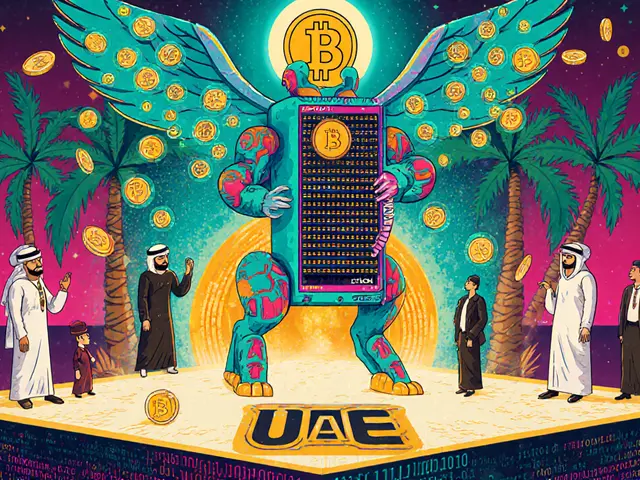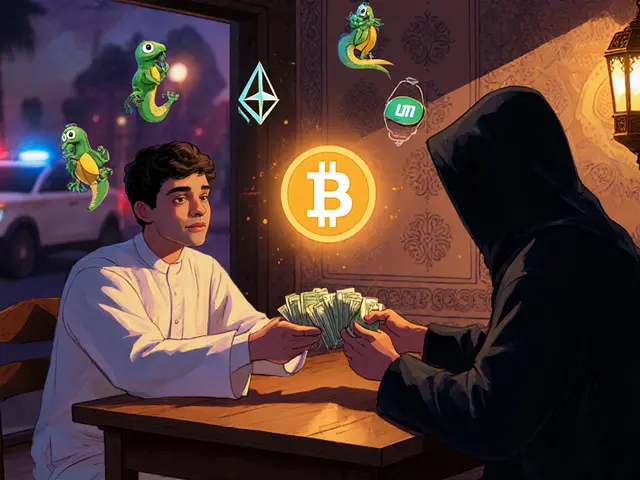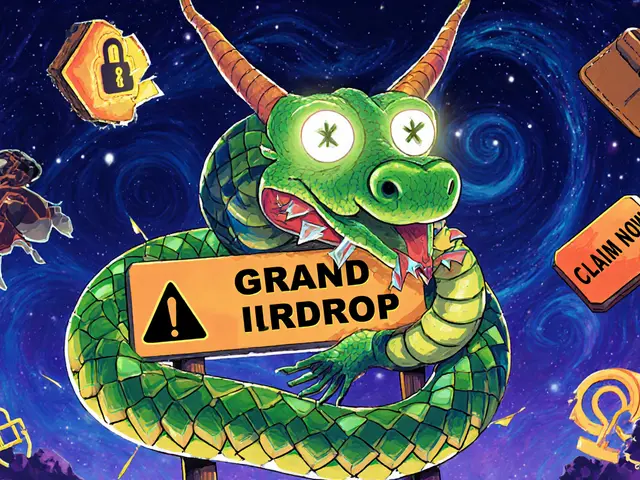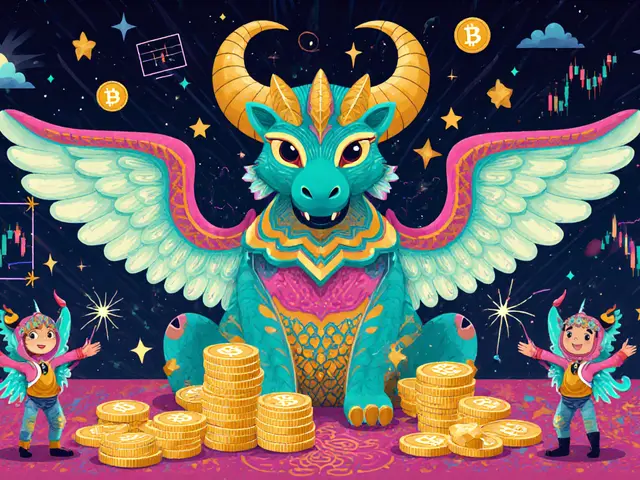Blockchain Regulation: What It Means for Crypto, Exchanges, and You
When we talk about blockchain regulation, government rules that control how blockchain technology and digital assets are used, traded, and taxed. It's not about stopping crypto—it's about forcing it to play by the same rules as banks, stock markets, and payment systems. This shift is happening fast, and it’s already changing who can operate, where you can trade, and how safe your crypto really is.
MiCA regulations, the European Union’s comprehensive framework for crypto assets. It’s the first major rulebook that forces exchanges, wallet providers, and token issuers to get licensed or shut down. In Cyprus, this meant smaller platforms vanished overnight, while compliant ones gained trust. Meanwhile, AUSTRAC crypto, Australia’s anti-money laundering agency that now requires all crypto services to register and track every transaction. By 2026, unregistered platforms won’t be allowed to serve Australian users. And in Russia, mining isn’t banned—but you must register, pay a 15% tax, and accept that the government can cut your power in winter if the grid gets overloaded.
These aren’t random laws. They’re responses to real problems: North Korea stealing $3 billion in crypto, fake tokens like veDAO (WEVE) disappearing with investor money, and exchanges like GroveX offering no KYC just to attract risky traders. Regulation isn’t the enemy of crypto—it’s the filter that separates the serious projects from the scams. It’s why platforms like KoinBX in India or KyberSwap on Avalanche now focus on transparency, not just low fees.
What does this mean for you? If you’re trading on a platform with no license, no KYC, and no public team—like Wannaswap or Diyarbekirspor Token—you’re not just taking market risk. You’re taking legal risk. Countries are starting to track cross-border activity. Indonesia now charges a 1% penalty if you use foreign exchanges. Australia will fine you if you don’t report. The era of anonymous, unregulated trading is ending.
You’ll find posts here that show exactly how these rules are playing out: how MiCA reshaped Cyprus, how Australia’s licensing rules force change, how Russia’s mining laws force compromises, and why platforms like KCEX or GroveX are high-risk not because they’re bad—but because they ignore regulation entirely. You’ll also see how regulation isn’t just about control—it’s about protection. The same rules that shut down fake tokens like veDAO also make it harder for scams like the fake PERA airdrop to trick people.
Blockchain regulation isn’t a threat to decentralization. It’s the price of maturity. The projects that survive won’t be the ones with the loudest Twitter threads. They’ll be the ones that follow the rules, prove their value, and earn trust. What’s coming next isn’t a crackdown—it’s a cleanup. And if you’re ready to trade smart, not just fast, you’ll find the tools, warnings, and real-world examples you need right here.










